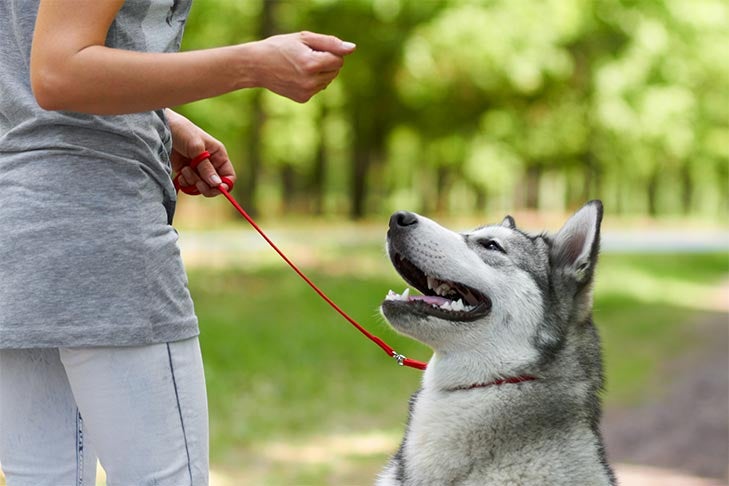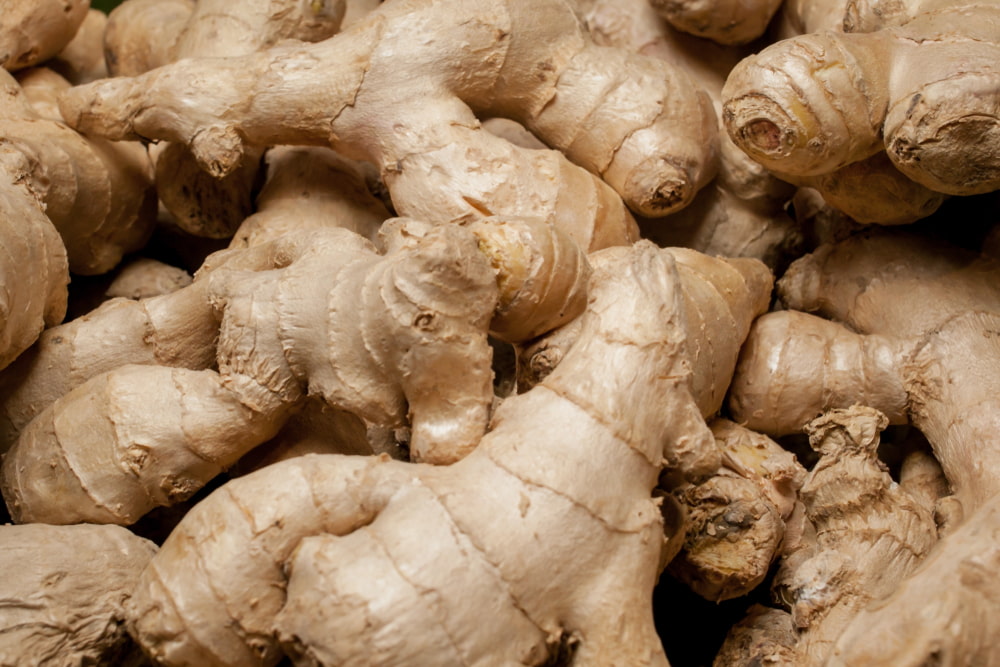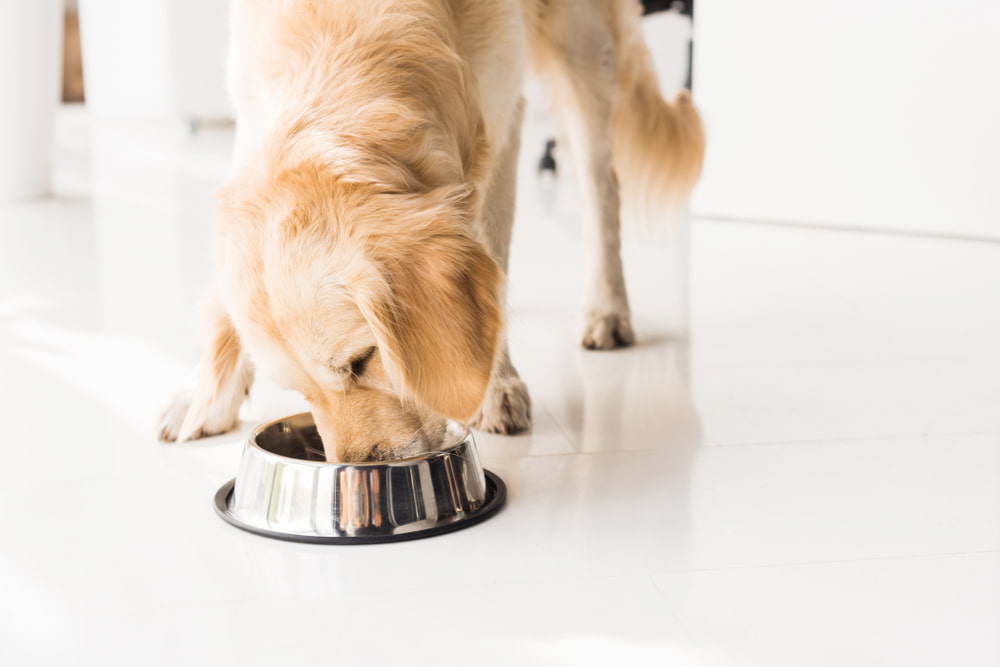It is important to understand the amount of ginger that is appropriate to give to your dog. Ginger is a spice that has many potential health benefits and is often used as a supplement for humans and animals. It is considered safe for dogs in certain doses, so it is crucial to understand how much ginger is appropriate for your pup. This blog post will discuss how much ginger you can safely give to your canine companion, as well as the potential benefits that can be derived from the spice. Additionally, it will provide tips on how to include ginger in your dog’s diet and outline some of the potential risks associated with feeding your pet ginger. By understanding the correct dosage of ginger for your pup, you can rest assured that you are providing your dog with the health benefits of this powerful spice.
How Should I Feed Ginger to My Dog?
Dogs can consume any form of ginger without any issues, including fresh, powdered, and even ginger juice. If using fresh ginger, thoroughly peel it and finely mince it. Then it can be sprinkled over your dog’s food. Alternately, you could slice it thin and eat it as a snack.
Ginger should only be given to dogs in moderation, just like with any human food. A serving size should never be greater than one-sixteenth of a teaspoon per pound of body weight, according to the general rule. To be on the safe side, feed large breeds no more than three-quarters of a teaspoon and small breeds no more than one teaspoon.

Ginger: A Brief Overview
“Ginger is a common tropical plant, and it is the root of this plant that is used as an herbal supplement in Western medicine,” says Dr. Lori M. Teller, clinical associate professor in the College of Veterinary Medicine and Biomedical Sciences at Texas A&M University. “The root is thick and knobby with a brown exterior and a pale light tan interior.”
According to the National Institutes of Health, ginger has been mentioned in ancient Sanskrit, Chinese, Greek, Roman, and Arabic texts for its health-related purposes. It has been used for thousands of years, particularly in Asian medicine, to treat stomach aches, diarrhea, and nausea.

Ginger and ginger root are safe for dogs, according to Dr Teller.
Dosing depends on the size of your pup.
“The dose for ginger is based on the size of your dog, and the range is 20-50mg/kg (about 10 to 25mg per pound of body weight),” says Dr. Tori Countner, veterinarian and owner of The Balanced Pet Vet.
Fortunately, ginger is available in a variety of forms, from fresh to powdered, and they are all beneficial.
Dogs can benefit greatly from fresh ginger, which can be given in sliced or grated forms.
IBD flare-up cases are one situation where fresh ginger might be more effective than the dried herb.
Dr. Wang continues, “In Chinese medicine, fresh ginger is preferred because dried ginger can be a little too hot for their digestive tracts. Countner.
However, she cautions that adding fresh ginger to their food may turn some dogs off. Since many dogs may not enjoy the taste of fresh ginger, she advises using dried ginger or baking it into treats.
You can give your dog ginger in any form, including ginger root. Ultimately, it comes down to what your dog will eat.
Find the form that is most convenient for you to use and that your dog will accept, advises Dr. Teller.
If you feed your dog ginger, keep an eye on them at all times to prevent them from ingesting a sizable piece.

Fortunately, dogs can gain from ginger many of the same health advantages that people do. These include:
“It can help with nausea from motion sickness and chemo-induced nausea,” says Dr. Countner. “A study showed that dogs receiving Cisplatin, a chemotherapeutic agent, had much less vomiting and nausea than dogs not taking ginger.”
To ensure that the ginger won’t interfere with any of the chemotherapeutic medications your dog is receiving, consult your veterinarian first, says Dr. Teller.
Giving a dog ginger about 30 minutes before a car ride can have the same effects as giving Dramamine, according to one study.
“Ginger can help decrease gas and bloating, as well as relax spasms in the smooth muscle in the intestinal loops, which helps decrease pain with digestive issues, such as IBD (inflammatory bowel disease),” claims Dr. Countner.
Ginger also may have anti-inflammatory benefits for dogs with hip and joint pain.
“There have been a few human studies that show anti-inflammatory effects of ginger, which can help relieve pain in 75 percent of osteoarthritis patients and rheumatoid arthritis symptoms,” says Dr. Countner.
“Ginger is an antioxidant, and may provide some cognitive support, so it can be given to dogs with cognitive dysfunction,” says Dr. Teller.
How to offer dogs ginger safely?
Here’s how to give ginger to your dog if your vet has given the all-clear and they want to:
Yes, dogs can eat ginger root. However, if you give your dog any kind of ginger, exercise moderation. Always consult your veterinarian before giving it to your pet, and monitor how they react over the following 24 hours to allow you to act quickly if any unusual symptoms emerge.
It’s best to avoid giving your dog ginger biscuits. Ginger biscuits have a high sugar content, like most sweets. They might even include components that could be harmful to dogs, like macadamia nuts.
Take a closer look at other well-known ingredients in human food and whether or not our dogs can enjoy them too now that you are aware of how to safely give ginger to your dog. Learn more about dogs and coconut, another popular tropical ingredient, and find out if dogs can eat celery.
FAQ
How much ginger is toxic to dogs?
Ginger should only be given to dogs in moderation, just like with any human food. A serving size should never be greater than one-sixteenth of a teaspoon per pound of body weight, according to the general rule. To be on the safe side, feed large breeds no more than three-quarters of a teaspoon and small breeds no more than one teaspoon.
How do I feed my dog ginger?
Ginger is administered orally in the following forms: powder, tablet, liquid tincture, capsule, or as the fresh root. It can be administered with or without food, but if vomiting occurs when taken without food, administer subsequent doses with a small amount of food. Measure liquid forms carefully.
Is ginger toxic for dogs?
Yes, dogs can eat ginger in small quantities. Because it doesn’t contain any toxic substances, this tropical plant is typically regarded as being safe for our canine friends.
Can you give dogs ginger for upset stomach?
Can Dogs Eat Ginger? Yes, dogs can eat ginger. Additionally, it has numerous health advantages, such as heartworm and cancer prevention as well as gastrointestinal relief.
